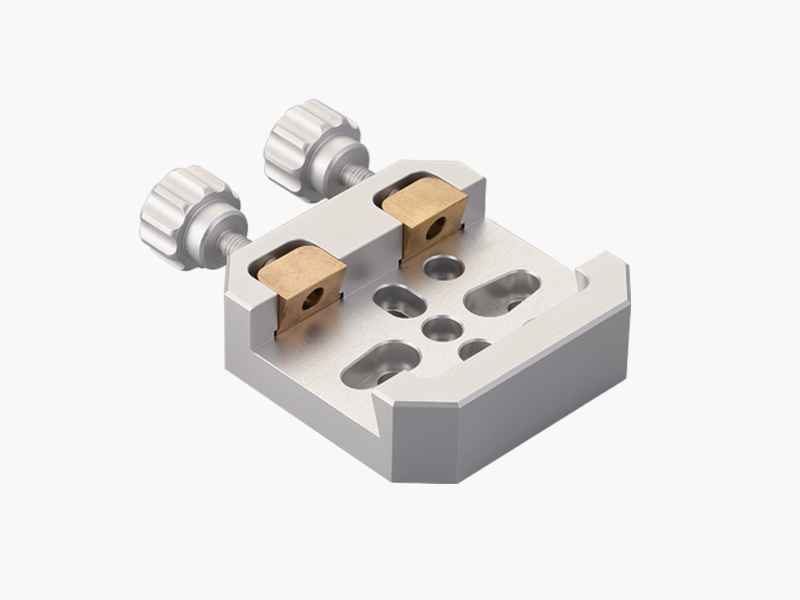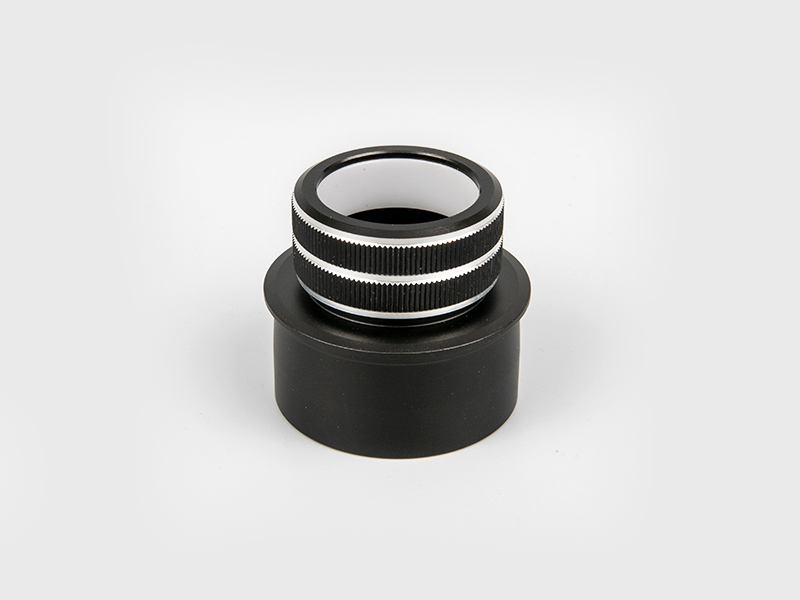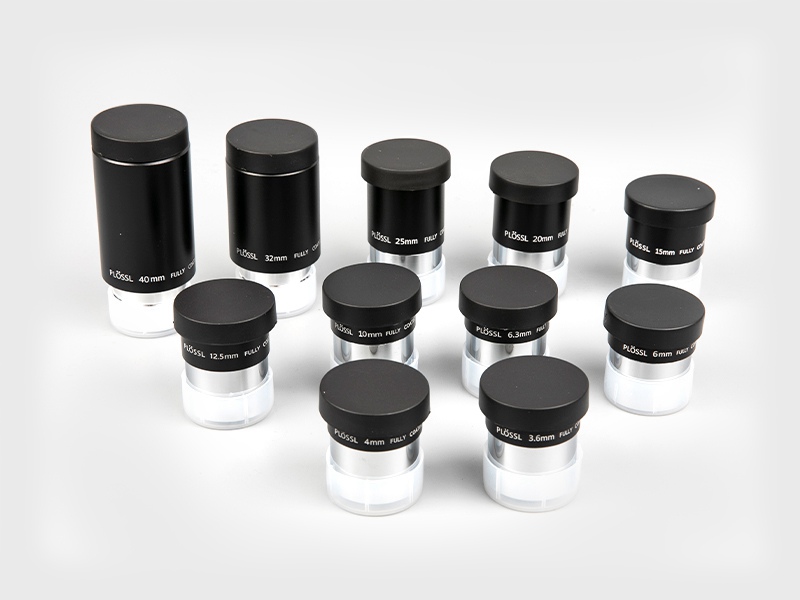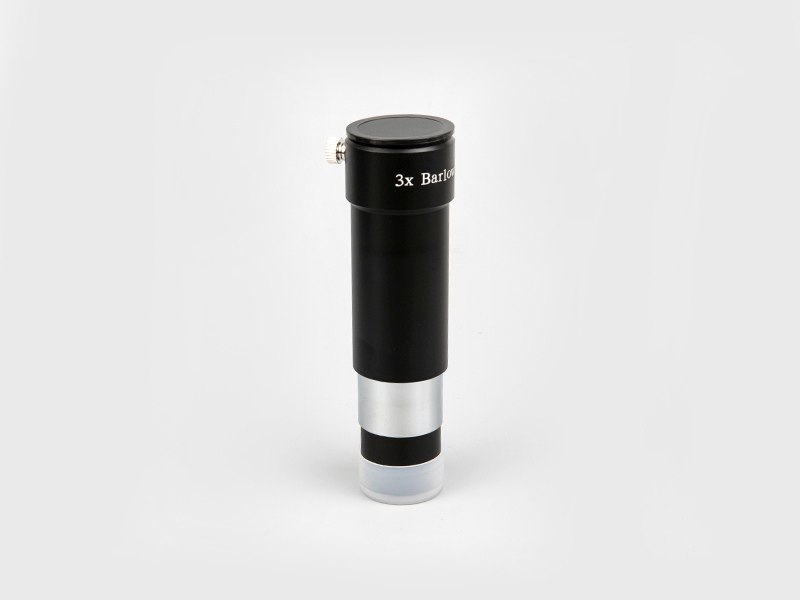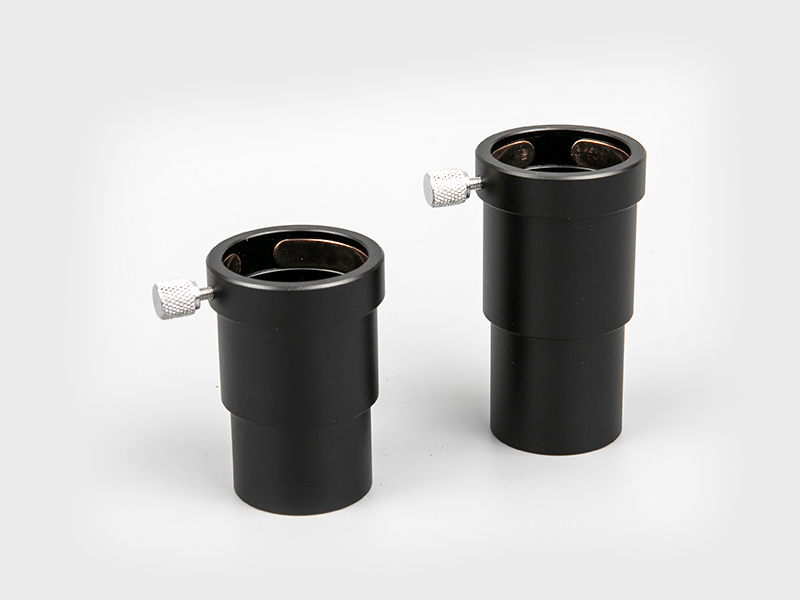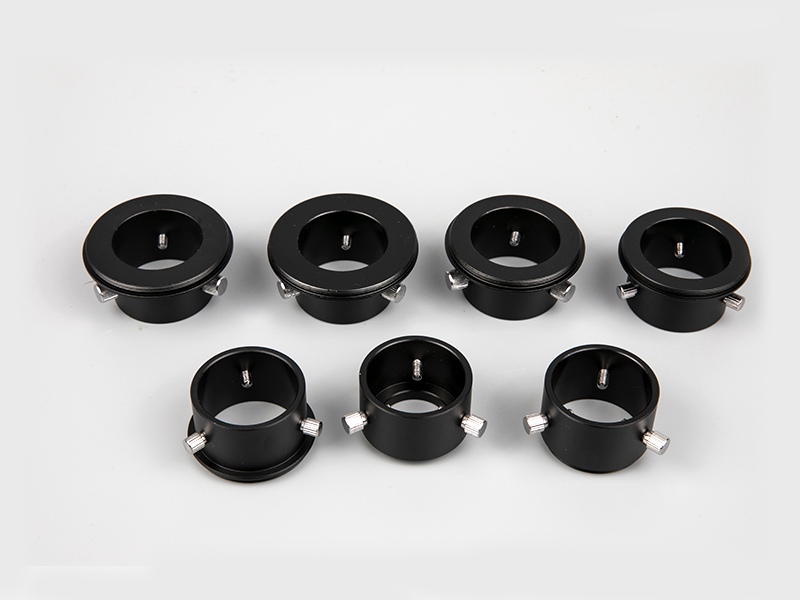How far a telescope can see is related to the size of the aperture, the larger the aperture, the farther it can be seen.
The performance of the telescope is in turn related to the following six factors
It is the wish of every travel enthusiast to have a telescope with good performance. At present, there are many telescopes on the market, and the quality is uneven, and there are few articles about the knowledge of telescopes, which makes many people feel at a loss.
About the magnification: each telescope is marked with the main parameters, such as 7x35, which means that the mirror is 7 times, and the objective lens diameter is 35mm. Generally less than 6 times is low magnification, 6-10 times is medium magnification, and more than 10 times is high magnification. Many people always think that the higher the multiple, the better. Some manufacturers also use false high power to attract consumers. In fact, the reasonable multiple of a telescope is related to the aperture and observation method of the telescope: the larger the aperture, the higher the multiple can be. , the observation with a tripod can be higher than the handheld observation. If you buy hand-held observation binoculars, between 7-10 times is enough, and the maximum should not exceed 12 times, otherwise the higher the multiple, the smaller and darker the observation field, and the observation effect will decrease, especially if the high magnification brings The jitter of the camera is also greatly increased, so that the observed scene cannot be stabilized, and it is difficult to observe normally. Although there are many kinds of telescopes equipped by the armed forces of the United States and Russia, most of them are mainly 6-10 times. Some world famous brands such as Zeiss, Nikon and other telescopes also have medium magnification. This is because a clear and stable telescope. imaging is the most important.
About the aperture: the larger the aperture, the greater the observation field and brightness, which is conducive to the observation in dim light, but the larger the aperture, the larger the volume and weight, and the higher the cost. Generally, it can be between 30-50mm according to needs. optional.
About the field of view: The field of view refers to the field of view that can be observed at a kilometer, such as 1000/93M, which means that the telescope can observe a range of 93 meters wide at a distance of 1,000 meters. It can also be converted into "degrees" and expressed as 5 °30′. The comparison of the size of the field of view must be carried out under the conditions of similar aperture and the same multiple. The key to the size of the field of view lies in the design of the eyepiece part of the prism system. Generally, the advanced varieties of famous manufacturers and military telescopes are designed with a wide-angle large field of view. A wide-field telescope will give people a feeling of spaciousness and comfort.
About coating: The function of lens coating is to reduce reflection, increase light transmittance, and improve observation brightness. The color of the coating has nothing to do with the quality. The lighter the coating, the less reflective the better. However, in recent years, there have been various red and yellow film telescopes with strong reflection and sparkling in the market, which are very attractive to consumers. In fact, this kind of inferior coating The reflection loses a lot of light, which makes the color colder and darker, and the clarity decreases. What's more, some people even call this inferior red film telescope "dark night vision" and "infrared night vision telescope" to deceive consumers. In fact, the real infrared night vision device is a photomultiplier tube imaging, which is completely different from the principle of the telescope. It cannot be used during the day, and it is expensive and requires power to work.
Structural materials: In order to reduce costs, most ordinary telescopes on the market use plastic lens bodies and lens barrels. Only a few high-end products and military models use all-metal structures, which are expensive, but their sturdiness and durability are unparalleled. Although several decades-old Soviet-made all-metal military telescopes look very old, they are still flexible in operation and have excellent optical performance.
The military ranging telescope is equipped with a dense line for ranging in the right eyepiece, which can roughly determine the distance between targets through calculation. But for tourism, the dense line is a bit of a hindrance, and the distance measuring telescope is a little troublesome because the left and right eyepieces are adjusted separately.
Some so-called "autofocus telescopes" actually fix the focus at a distance of tens of meters, and use a limited depth of field to achieve a certain clarity, thereby eliminating the need for a focusing mechanism to reduce the cost of inferior telescopes. The author has not yet seen a real telescope. autofocus telescope.
What the telescope can see: This is mainly related to the performance of the telescope, weather conditions, and the size of the target. According to the author's test: with the Russian-made 8*40 civilian binoculars, when the weather is fine, you can clearly see the insects and several hundred meters of the telephone pole. The faces of people outside 100 meters, vehicles traveling dozens of kilometers, and dense craters on the moon, four satellites of Jupiter, star cluster nebulae, etc. can be seen at night. Friends who are interested in astronomy can try it. In fact, a Having a good telescope can often be more fun and useful than you ever imagined.

 English
English 日本語
日本語 Deutsche
Deutsche España
España
